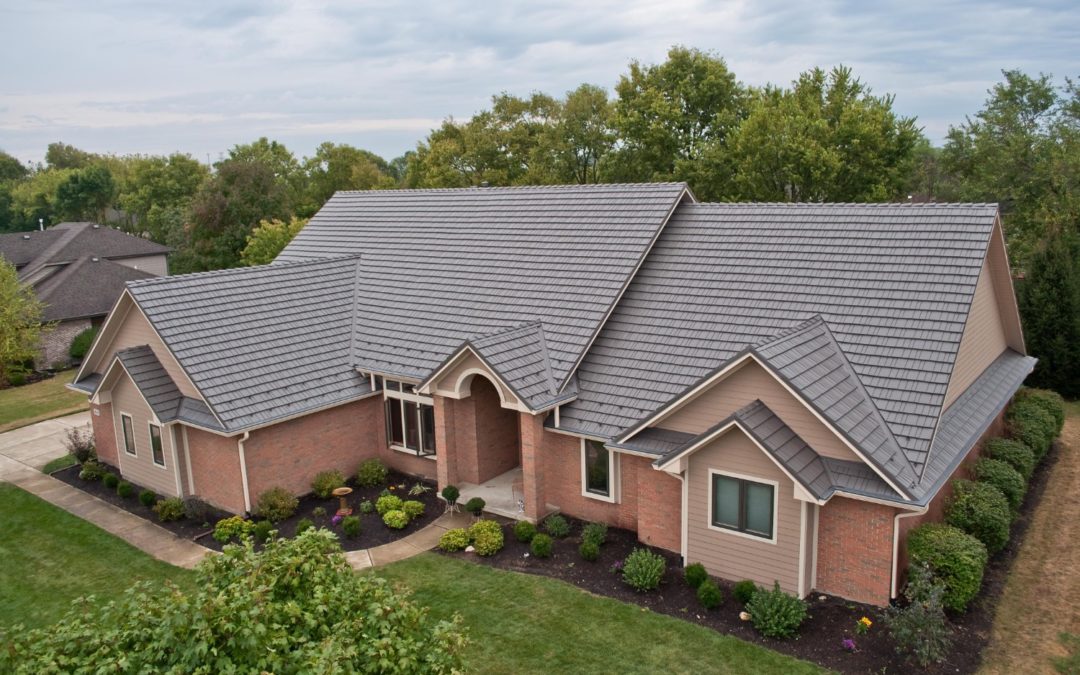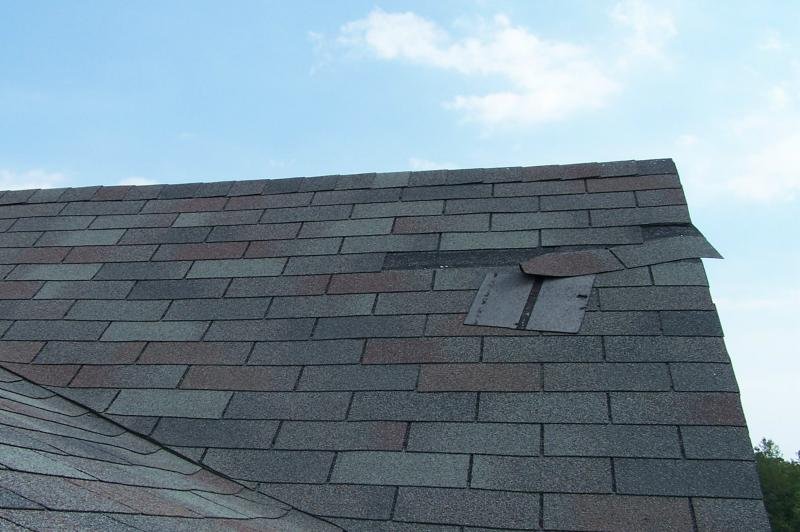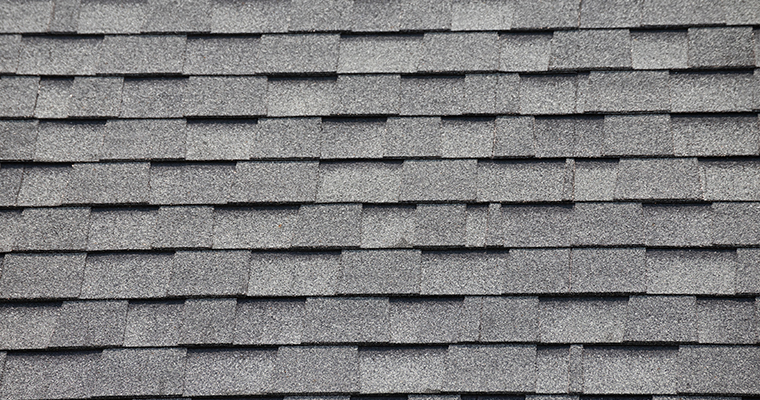3-Tab vs Architectural Shingles: What’s the Difference?

Unless you’ve already replaced a roof, you’ve probably never thought of the multitude of shingle types. The options can seem overwhelming – but an experienced roofing professional can help you figure out what’s best for your budget.
There are other roofing materials not mentioned here, such as tile, metal, other flat roof materials. But these are the main shingle types you’ll hear about while conducting your research. Check out the unique advantages of each.
Three-Tab Shingles vs Architectural

Some shingles are called “three-tab” because each shingle is notched in three places to give a more intricate appearance. They’re somewhat thin because they’re constructed of a single layer of asphalt. They’re available in an array of textures, but they lay flat. The flat look has declined in popularity.
Three-tab shingles are the least expensive option when it comes to replacing your roof. They may make sense for rental properties and quick repairs before selling.
Architectural (or “Dimensional”)

Unlike three-tab shingles, architectural shingles don’t feature cutouts. They’re all one piece. They’re called architectural shingles because they have a thicker, dimensional look. There’s another layer of asphalt underneath the lower part of each architectural shingle.
Architectural shingles weigh up to 50% more than a three-tab shingle. Due to the higher quality, architectural shingles cost more than their three-tab counterparts.
The Comparison
These are some of the top considerations when comparing three-tab vs. architectural shingles:
- Longevity: Although both types are made of asphalt, architectural shingles can last much longer than three-tabs. They’re also rated for higher wind speeds. They’re nearly twice as thick!
- Safety: They’re also rated a class “A” for fire protection. That means that fire has a very tough time making its way through the roofing assembly into your attic. Flame spread and embers are also minimized.
- Aesthetic: Both three-tab and architectural shingles come in a selection of colors and textures. But the thick three-dimensional effect lies only with architectural.
- Cost: Since architectural shingles outlast three-tabs, your long-term investment may end up being similar either way. However, roof aesthetics certainly play a part in the value of your home. When it’s time to sell, you’ll extract more value from architectural shingles. Three-tab shingles are losing popularity quickly.
Asphalt, Composite, & Fiberglass
The most common type of roofing material is asphalt. It’s the go-to choice for shingles because they provide a balance between price and durability that most homeowners are looking for.
Fiberglass shingles are more environmentally-friendly than asphalt and sometimes feature a solar-reflective asphalt layer on top to help reflect heat from the sun. On the inside, they’re made from tough strands of woven plastic.
Composite shingles are made of several different materials: rubber, plastic, and different polymers. They can look very similar to wood or slate. They come in varying fire and impact ratings. Low-quality composite is prone to warping and less efficient insulation.
Which Single Type is Best for You?
RoofCrafters has served Central Texas since 1981. We’re not only installation experts, but also a consultant you can trust. We can help find the right balance of beauty, cost, and durability for your home or business’ needs. After all, we’ve completed over 25,000 roofing jobs!
Get started today with a roofer you can trust your home to!
